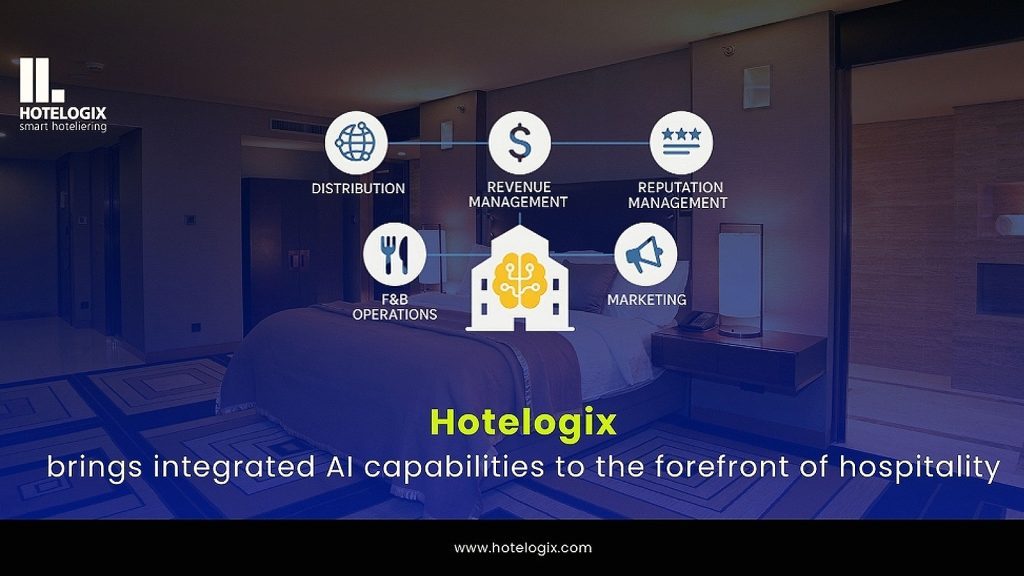The State of Pentesting in 2025: Why AI-Driven Security Validation Is Now a Strategic Imperative
The 2025 State of Pentesting Survey Report by Pentera paints a striking picture of a cybersecurity landscape under siege—and evolving fast. This isn’t just a story about defending digital borders; it’s a blueprint of how enterprises are transforming their approach to security, driven by automation, AI-based tools, and the unrelenting pressure of real-world threats. Breaches […] The post The State of Pentesting in 2025: Why AI-Driven Security Validation Is Now a Strategic Imperative appeared first on Unite.AI.


The 2025 State of Pentesting Survey Report by Pentera paints a striking picture of a cybersecurity landscape under siege—and evolving fast. This isn’t just a story about defending digital borders; it’s a blueprint of how enterprises are transforming their approach to security, driven by automation, AI-based tools, and the unrelenting pressure of real-world threats.
Breaches Persist Despite Bigger Security Stacks
Despite deploying increasingly complex security stacks, 67% of U.S. enterprises reported experiencing a breach in the past 24 months. These weren't minor incidents either—76% reported a direct impact on confidentiality, integrity, or availability of data, and 36% experienced unplanned downtime, while 28% faced financial losses.
The correlation is clear: as stack complexity rises, so do the alerts—and the breaches. Enterprises using more than 100 security tools experienced an average of 3,074 weekly alerts, while those using between 76–100 tools faced 2,048 alerts per week
Yet this avalanche of data often overwhelms security teams, delaying response times and allowing real threats to slip through the cracks.
Cybersecurity Insurance Is Shaping Tech Adoption
Cyber insurers have become unexpected drivers of cybersecurity innovation. A striking 59% of U.S. enterprises implemented new security tools specifically at the request of their insurer, and 93% of CISOs reported that insurers influenced their security postures. In many cases, these recommendations went beyond compliance—they shaped tech strategy.
The Rise of Software-Based Pentesting
Manual pentesting is no longer the default. Over 55% of organizations now rely on software-based pentesting within their in-house programs, with another 49% using third-party providers. In contrast, just 17% still rely solely on in-house manual testing.
This transition to automated adversarial testing reflects a broader trend: the need for scalable, repeatable, and real-time validation in an era of ever-evolving threats. These automated platforms simulate attacks ranging from file-less malware to privilege escalation, enabling enterprises to assess their resilience continuously and without disruption.
Security Budgets Are Growing—Fast
Security isn’t getting cheaper, but organizations are prioritizing it anyway. The average annual pentesting budget is $187,000, accounting for 10.5% of total IT security spend. Larger enterprises (10,000+ employees) spend even more—an average of $216,000 annually.
In 2025, 50% of enterprises plan to increase their pentesting budgets, and 47.5% expect to grow their overall security spend. Only 10% anticipate a decrease in investment. These numbers highlight security's rise from an operational necessity to a boardroom priority.
Security Testing Is Still Playing Catch-Up
Here’s a startling disconnect: 96% of enterprises report infrastructure changes at least quarterly, but only 30% conduct pentesting at that same frequency. The result? New vulnerabilities slip through untested changes, expanding the attack surface with each software push or config update.
Only 13% of large enterprises with over 10,000 employees conduct quarterly pentests. Meanwhile, nearly half still test only once per year—a dangerous lag in today’s dynamic threat environment.
Risk Alignment Is Sharper Than Ever
Encouragingly, security leaders are focusing testing where breaches actually happen. Nearly 57% prioritize web-facing assets, followed by internal servers, APIs, cloud infrastructure, and IoT devices. This alignment reflects a growing awareness that attackers don't discriminate—they exploit any available vulnerability across the entire attack surface.
APIs, in particular, have emerged as a high-priority target, both for attackers and defenders. These interfaces are increasingly essential to business operations but often lack visibility and standard monitoring, making them ripe for exploitation.
Operationalizing Pentest Results
Pentest reports are no longer being shelved. Instead, 62% of enterprises immediately transfer findings to IT for remediation prioritization, while 47% share results with senior management and 21% report directly to their boards or regulators.
This shift toward action reflects a deeper integration of pentesting into strategic risk management—not just compliance checkboxing. Security validation is becoming part of the business conversation.
What’s Holding Back Even Faster Progress?
While the trendlines are positive, key inhibitors remain. The top two barriers to more frequent pentesting are budget constraints (44%) and a lack of available pentesters (48%)—the latter reflecting a global shortfall of 4 million cybersecurity professionals, according to the World Economic Forum.
Operational risk, such as fear of outages during testing, remains a concern for 30% of CISOs.
From Compliance Obligation to Strategic Weapon
Pentesting has evolved far beyond its origins as a regulatory requirement. Today, it supports strategic initiatives, including M&A due diligence and executive-level decision-making. Nearly one-third of respondents now cite “executive mandate” and “preparing for M&A” as key reasons for conducting pentests.
This marks a fundamental transformation: from a reactive check-up to a proactive and continuous measure of cyber resilience.
Final Thoughts
The 2025 State of Pentesting Survey Report is more than a status update—it’s a wake-up call. As attack surfaces grow and threat actors become more sophisticated, organizations can no longer afford slow, manual, or siloed approaches to security testing. AI-powered, software-based pentesting is stepping in to close that gap with speed, scale, and insight.
The organizations that thrive in this new era will be those that treat security validation not just as a technical necessity, but as a strategic imperative.
For more insights, download the full 2025 State of Pentesting Survey Report from Pentera.
The post The State of Pentesting in 2025: Why AI-Driven Security Validation Is Now a Strategic Imperative appeared first on Unite.AI.














































































